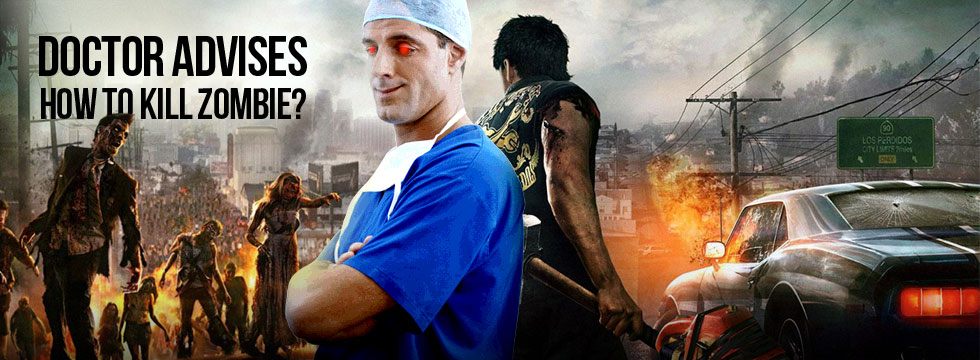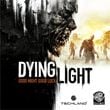What do we already have? Rabies. Can zombie be real? A serious discussion

- Can Zombie Exist? A Serious Look at Possibilities
- What do we already have? Rabies
- Inventing a zombie
- Turning into a zombie
What do we already have? Rabies
A review of past medical discoveries will answer a key question: do medical fiction stories need to be invented at all? Maybe the medical conditions that match the above zombie characteristics already been described?

The disease that most closely matches the zombie stories, and at the same time is the precursor of the Harran virus from Dying Light, is rabies. It is caused by a virus that enters human organisms mainly through bites of infected animals such as dogs or bats. The virus multiplies in the muscles and then passes through the nerve fibers to the brain. A patient with rabies is anxious, suffers from a disorder of consciousness, and hallucinations. Photophobia and avoiding water work perfectly for the typical image of a zombie being a night predator, and allow for spectacular escapes using boats or light.
Are the symptoms of rabies so perfectly consistent with our description that we can call it a "zombie virus"? Unfortunately (or rather fortunately), the case is not so obvious. First of all, the rabies virus has a very long incubation period – an average of two months passes from infection to the appearance of symptoms. This fact would make it possible to preventatively isolate people infected with the virus. Second, only a fifth of people exposed to the virus actually get sick. Both factors will effectively reduce the dynamics of a possible epidemic.
And even if rabies overcame these barriers and begun a pandemic expansion, its symptoms give infected people absolutely no physical advantages. A rabid person suffers a great deal – the body is shaken by convulsions, fluid intake becomes a nightmare through involuntary spasms of the throat muscles, the respiratory track starts failing, and in the later stages of the disease, the infected individual falls into a coma and dies. There is no question of super dexterity or a ruthless desire to satisfy brain hunger.
Cotard delusion, or the walking corpse syndrome
Psychiatry knows a disease with a very interesting name: the walking corpse syndrome. This is a system of delusions, that is, false beliefs, which the patient, despite their obvious absurdity, is completely certain about. A person with Cotard's syndrome is convinced they're dead. The exact nature of this belief can differ – from the impression that the whole world, and the patient him or herself, do not exist at all and are just a projection, to the conviction that the patient's body is already dead and decomposes, being a prison for the lost soul. If the condition takes the latter form, it can be so strong in fact, that the patient actually moves, grunts, and is aggressive like a zombie. Despite the suggestive symptoms, the Cotard's syndrome does not qualify as a disease that changes a person into a zombie – because most of the changes are psychological, rather than physiological.
Designer drugs

The appearance of designer drugs, i.e. new synthetic drugs, brought behavior patterns unusual for classic drugs. Lately, there have been a lot of noise about the substance called flakka, or, to be more exact, alpha-Pyrrolidinopentiophenone.
Intake results in completely deranged behavior. Such a person does not understand where they are, there are delusions and hallucinations, they are alarmed, can ignore pain and appear to be stronger than usual. I think flakka's effects are closest to what we expect from zombies. Still, this drug cannot become the basis of an epidemic. Flakka must be consumed in a fairly large dose, if you're lucky enough to survive the sesh, the substance is removed from the body and the "zombie" becomes an ordinary person again.
